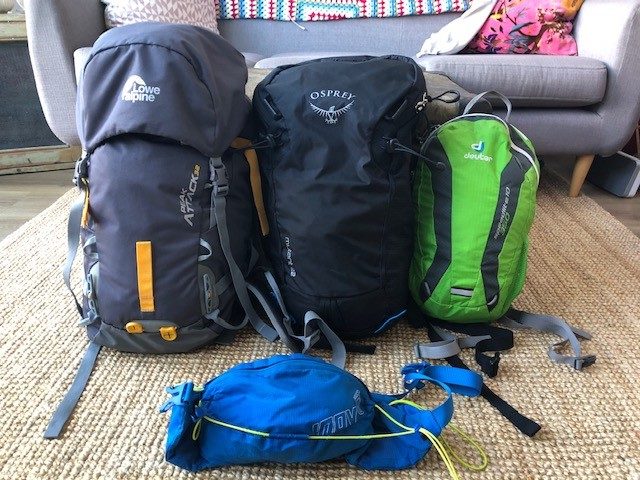When Reinhold Messner climbed Everest in 1980, solo and without supplemental oxygen, it marked a watershed in the history of climbing. Prior to this extraordinary achievement – previously considered beyond the realms of human possibility – expeditions were huge and complex affairs requiring military logistics. Hundreds of porters would ferry massive loads and establish base camps equipped for weeks, if not months. Teams of climbers assisted by local Sherpa guides would leapfrog each other, fixing lines higher and higher up the mountain, stocking advanced camps with supplies of food, gas and oxygen. Exhausted teams would descend to base camp and a new team would take over. Finally, a well placed and hopefully well rested team would have a shot at the summit. These tactics became known as ‘siege-style’ for obvious reasons.
But Messner was an alpinist – a purist in mountaineering terms. He’d taken part in siege-style expeditions before but his aim was to apply his alpine ethics to the Himalayan giants. He’d already proved that climbing Everest without oxygen was possible when he reached the summit with Peter Habeler in 1978. Now he wanted to finish the job and climb it on his own without the assistance of supplemental oxygen. Many believed it was impossible – suicidal perhaps – but Messner’s risk was a calculated one. The essence of alpinism is pace, and to move fast in the mountains you need to pare back the weight (and be fit!). To climb Everest in true alpine-style requires a minimalist approach. Survival relies on speed, and the less you carry, the faster you go; and the faster you go, the less you need to carry. The antithesis of siege-style, which is slow by design.
He tackled Everest from the north side, with a small team to help him establish a base camp. Beyond that, he was on his own. Previously, Everest would take weeks to climb. Messner was up and back in three days. It is one of the greatest feats of endurance in human history.
To climb lightweight, high and fast requires confidence and a willingness to accept risk. Alpinists live by the age-old adage ‘if in doubt, leave it out’. Jettison weight. Accept the fact that if you haven’t got it, you can’t use it. The big mistake many climbers make when they head to the Alps, or even into the Scottish Hills in winter, is to take a big rucksack, which they then fill because they have the space. The weight slows them down and objectives become far less likely.
This alpine philosophy has application in schools, where too many teachers are still bogged down by assessment policies that require huge amounts of data collection. Do we need to track every subject every half term? Is it a good use of a teacher’s time to keep track of countless learning objectives? How valuable is question level analysis that demands the input of thousands of 1s and 0s into a spreadsheet? Are we gathering data to inform and support learning, or just to keep other people happy? Does it improve anything or simply keep the wolf from the door?
These questions need honest answers. If there is a clear, demonstrable positive impact on learning, then keep doing it; but if not, stop! Jettison the weight, pare back, lighten the load. Yes, teachers need data to build a picture of learning overtime but there is a tipping point. Contextual information, results of statutory assessments, test scores, teacher assessments – all of this is useful, essential even, in supporting pupils. But we need to understand that it sits on the scales with workload bearing down on the opposite side. At the very least the scales should be in balance; at best it should be weighted in favour of impact on learning. All assessment is noisy and the more data we have the better the signal, but the law of diminishing returns applies here. The more time consuming it is to gather the data, the more likely it is that reliability will be degraded. Add in the high stakes of performance management, and things get worse. Ask: who is this data for? What impact will it have?
Many years ago, I was descending Y Garn into Cwm Idwal in the Ogwen Valley after a long day in the hills. It was a beautiful late summer evening and light was fading. Approaching me, on the way up to the ridge, was a fellrunner, in his 50s definitely, maybe older. He wore a club vest, shorts, and fell shoes, and had a pint-sized rucksack with very little in it. I said hello and stood aside to let him go past, and then watched, in awe, as he moved uphill at pace. Then it dawned on me: he was probably going to do what I’d just done in reverse, and would no doubt do it in a third, maybe a quarter of the time. It seemed impossible then but now, with 20+ years of hill running behind me, I get it. That encounter had a profound impact on me and I think about him often.
It made me realise you can do extraordinary things if you change your perspective.
And get a smaller rucksack.


